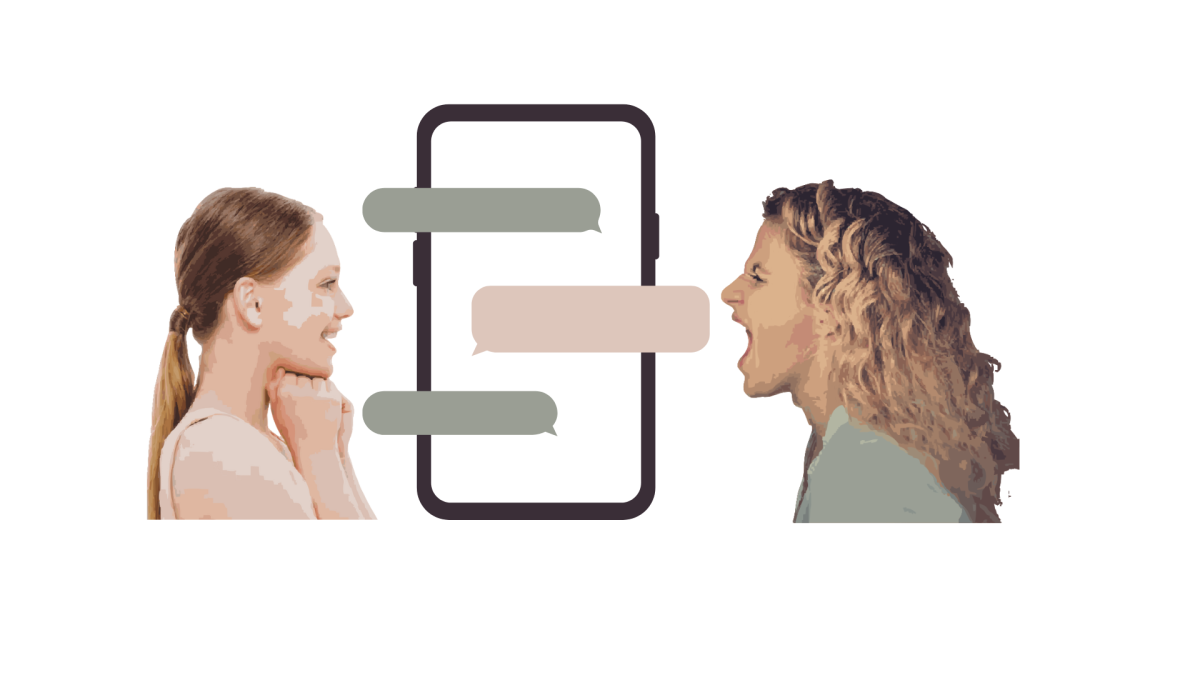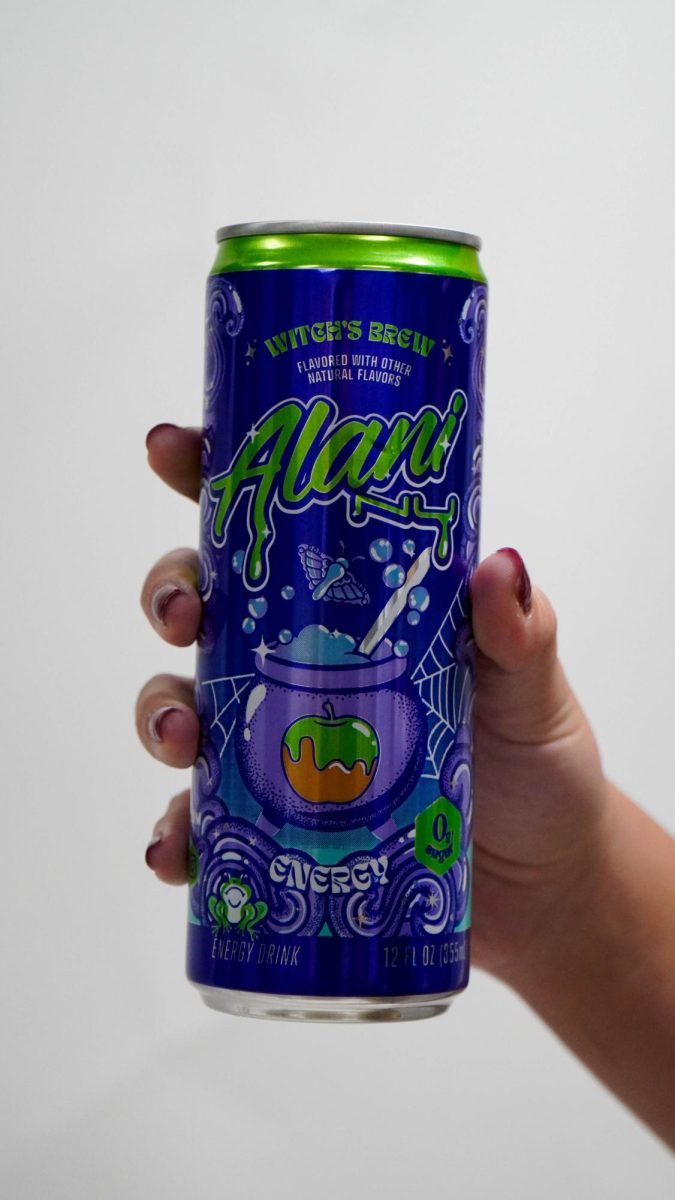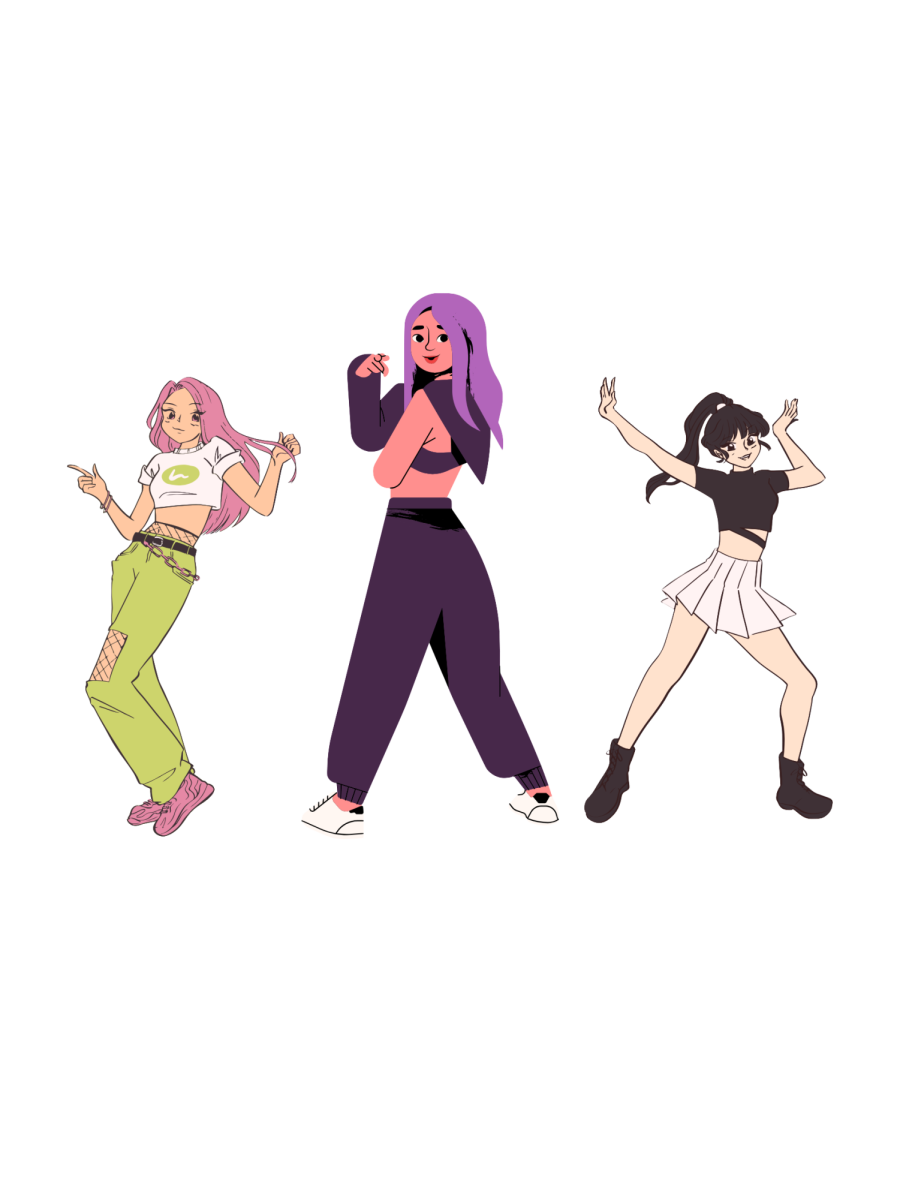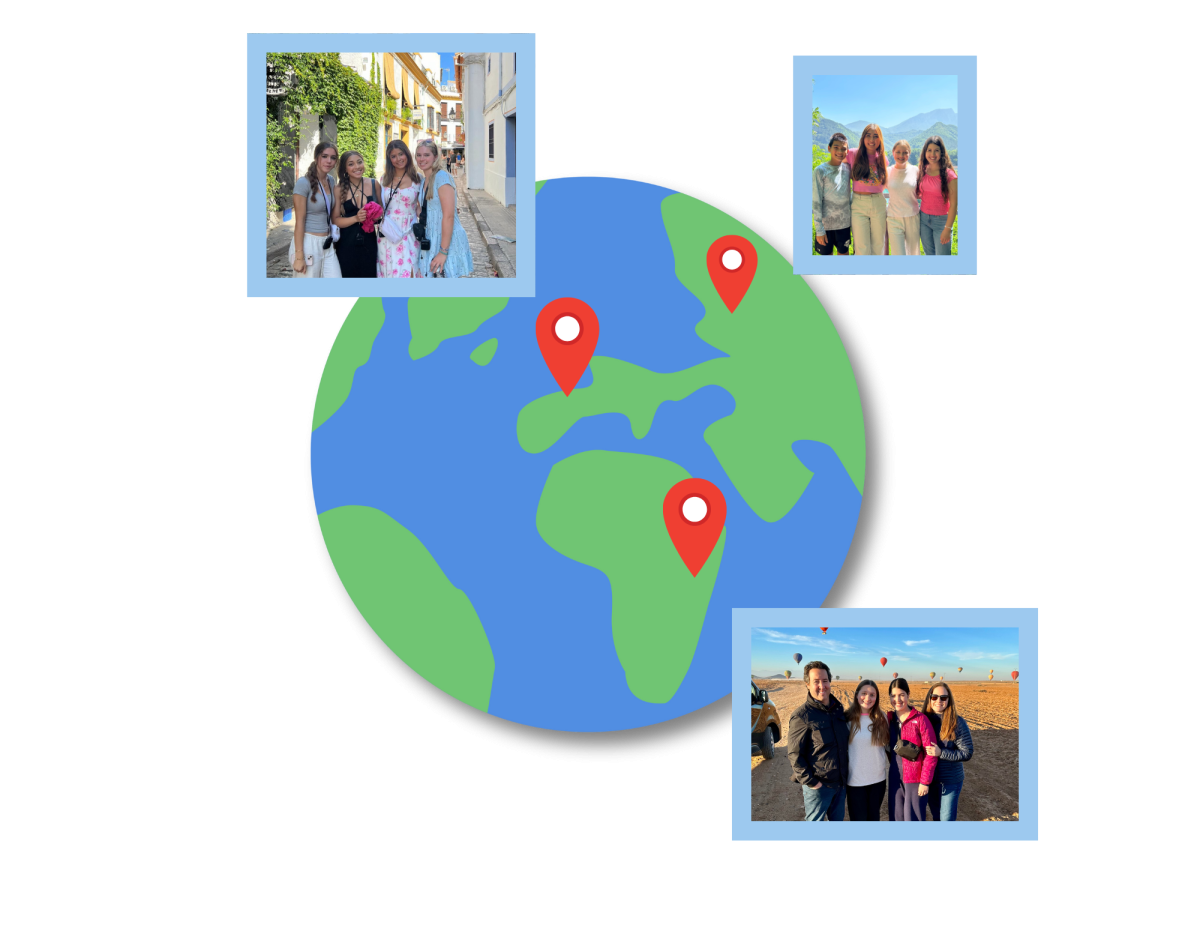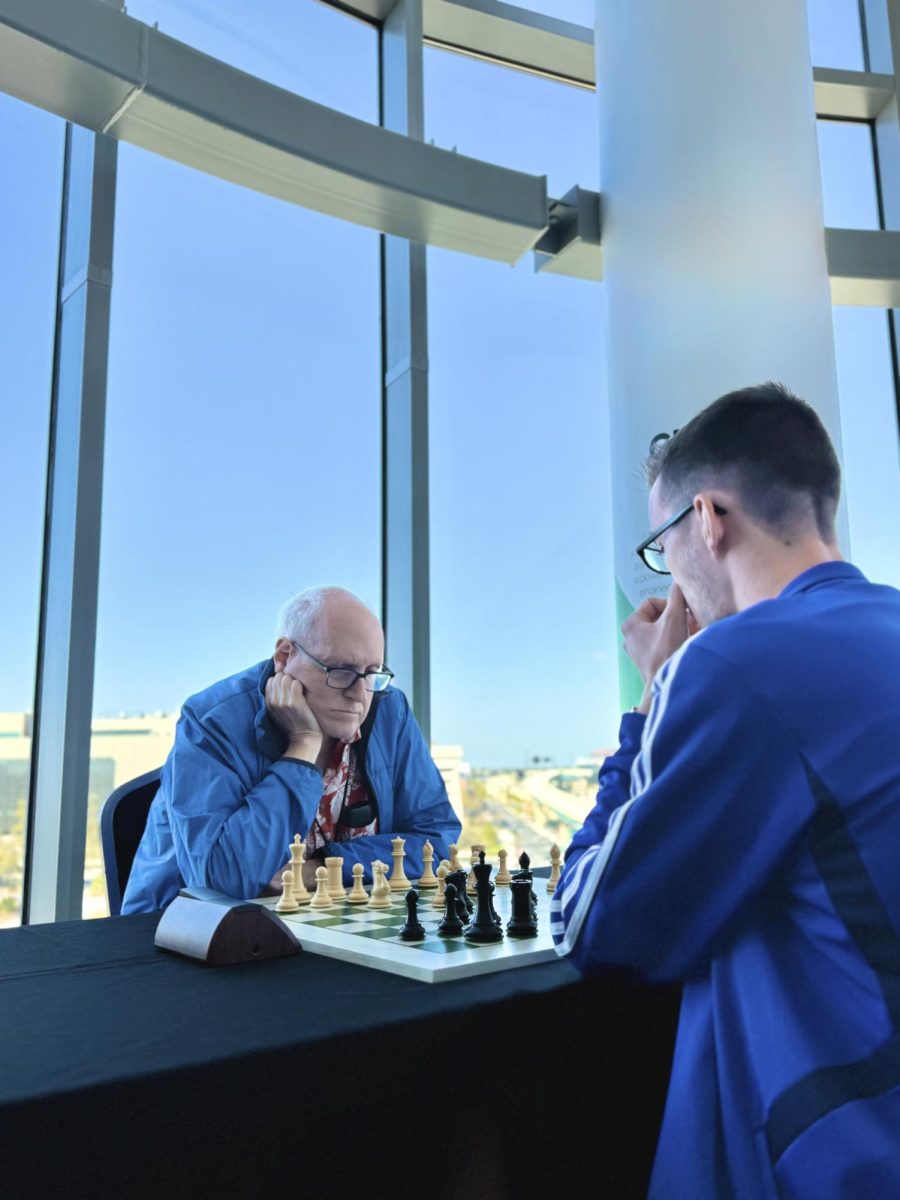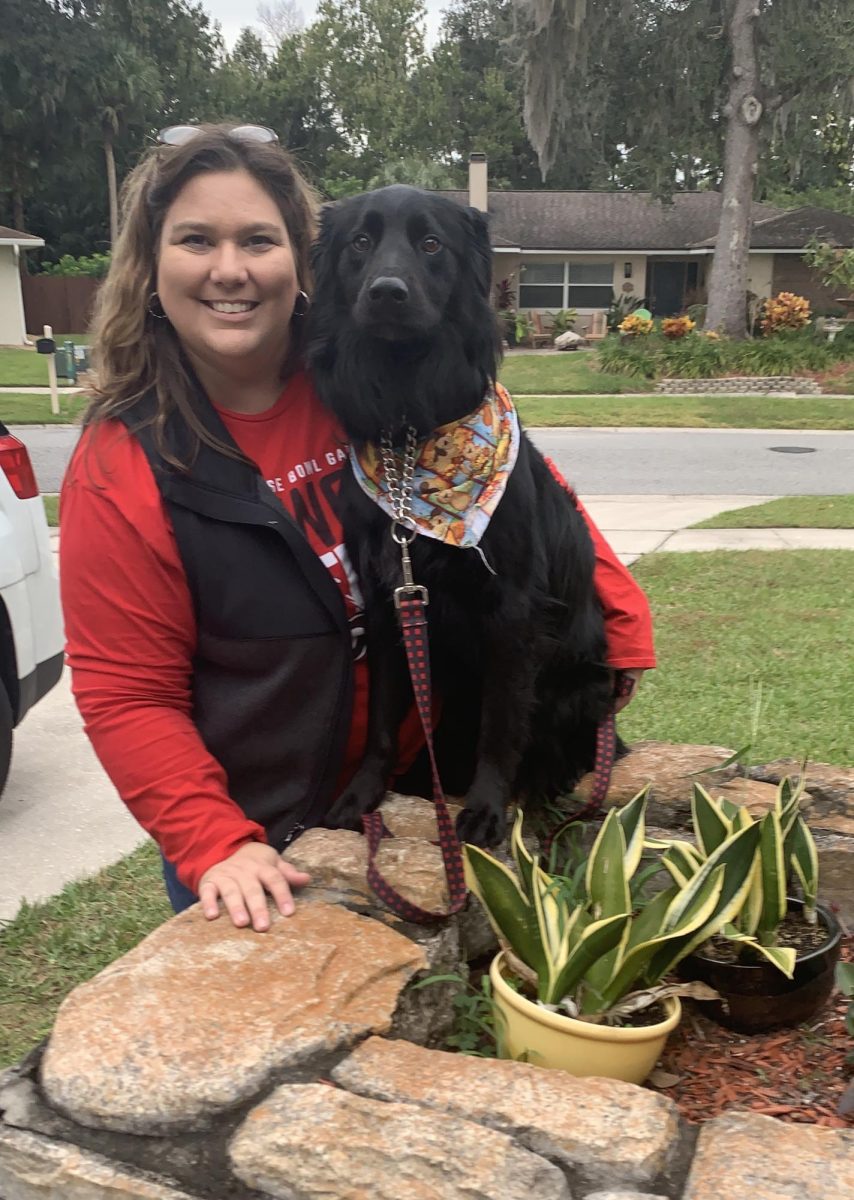Gen Z is the guinea pig when it comes to growing up completely online. We hear it constantly: phones, online communication, and social media have ruined this generation. Words like “bro” or abbreviations like “LOL” have become so mainstream that Gen Z’s online and in-person vocabulary is merging, and technology is so readily available to kids that it is taking a toll on development.
Gen Z and Messaging
Texting had been a savior for much of Gen Z during the COVID-19 pandemic, giving a way to communicate with friends, family and peers despite physical barriers. Yet, the online messaging pandemic has not stopped.
English teacher Hannah Schuttler, who is on the threshold between Millennials and Gen Z, believes that technology has blurred the lines between in-person and online communication for Gen Z.
“We saw this inability or lack of desire to socialize with others their age,” Schuttler said. “We see this change as we get farther along with COVID kids.”
Although constant online messaging decreases in-person socialization for teens, it creates benefits that were not available to past generations – for instance, sending pictures or texting a grandparent from another state. Online messaging builds a bridge in relationships, maintaining them despite distance.
Mental Health
Although messaging through iMessage, DMs or Snaps is extremely convenient, researchers say that these take a toll on mental health.
“So, people are more susceptible to developing anxiety due to their frequent negative interpretations of text messages,” said a study from a clinician at an online mental health service, Thriveworks.
Tone and body language are everything when it comes to human communication, and cutting them out causes messages as simple as an “ok” to lead to questioning the meaning.
“You are cutting out certain elements of communication that are vital for understanding other people and making sure that you’re understood by other people,” Schuttler said.
Yet, texting does not have to be this way.
“You may have sent a really nice message, that somebody on the other side could think it was completely derogatory,” freshman Madison White said. “I think if that ever happens and you think something was wrong that they said, just confront them in person, and see what they meant to say.”
Professionalism
Schuttler said that she has been called “bro” a lot more recently, a clear sign of the merging of communication style with friends and adults. She explains that teens now have a hard time distinguishing between language used in casual settings and professional settings.
“Students tend to lean into their casual language, as opposed to what we call code-switching,” Schuttler said. “We adjust ourselves based on the situation and what is acceptable. That is not happening as often, students tend to lean more toward their everyday language.”
She has also noticed more and more students using texting abbreviations in academic writing. Along with this, a lack of professional emails sent from students that look more like messages sent to peers. This raises the concern of students’ transition into the professional world later in life.
“In the next couple of years, when you all move into the workforce, there will be a challenging learning curve for a lot of kids who are trying to be professional adults,” Schuttler said.
Just like every other generation, Gen Z will work differently in a professional environment than past generations did.
“I think that this happens with every generation,” Schuttler said. “Everybody assumes that this new generation doesn’t want to work hard, doesn’t know what they’re doing, doesn’t have it in them, but everybody figures it out at some point.”




